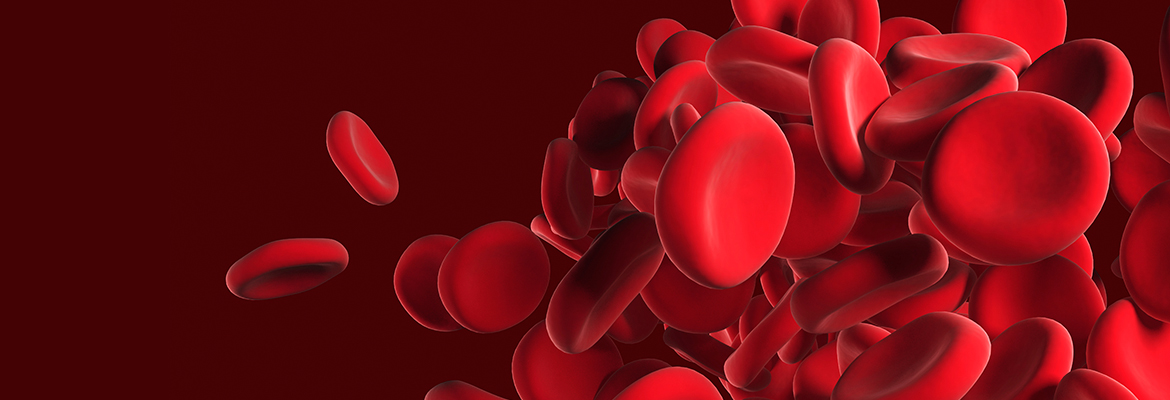
Contrary to the popular belief, Tennis Elbow is not something only tennis players suffer. In fact, only 5% of patients suffering from the condition are tennis players. Others affected are painters, plumbers, butchers, and carpenters. It happens when the tendon in the elbow area called the Extensor Carpi Radialis Brevis (ECRB), which is quite susceptible to overuse, gets overused.
To understand what happens when it gets overused, let’s see how movements happen in our body. A tendon is tough, but flexible, a band of fibrous tissue that forms a very strong connection between a muscle and a bone. When the muscle contracts, it pulls the tendon causing the bone to move as well. But to make sure the movement is precise, the tendons are stretched very tightly, precisely. And for this reason, they are prone to injuries.
Common Treatments For Tennis Elbow
First-tier treatments include rest, non-steroidal anti-inflammatory medicines like ibuprofen and physical therapy. In most cases, a combination of the three can calm down the tendon.
The second tier of treatment, performed only if the first tier fails to show results, is the following.
- Braces. Using a brace to severely restricting the movement of your elbow.
- Steroid injections — these are rapid-action anti-inflammatory medicines. More and more research nowadays the use of these injections as they tend to contain the injury by shutting down healing (which is not beneficial in the long term.)
- Ultrasound shock wave therapy. Sound waves shake up the tendon area triggering a fresh new inflow of blood causing healing to happen.
PRP Injection For Tennis Elbow
PRP Injections may be considered the third tier but it could very well be a first tier treatment. And since the substance for the injection is taken directly from the patient’s blood, there are no side effects to it. Hence theoretically, there’s no limit to the number of injections you can have.
The process is simple:
- Draw approximately 20cc blood from the patient’s arm.
- Putting the blood in a specially designed tube, follow the protocol to spin it in a centrifuge.
- Once the spinning is complete, you’ll have your Platelet-Rich Plasma, which you can inject, into the affected area.
The only downside of PRP right now is the lack of coverage by the insurance.
The other alternative in the third tier is surgery. It’s covered by insurance. But the results are not always promising. Plenty of things could go wrong during and after the surgery leaving you with more pain and the need for further surgeries.
Precision Pain Care and Rehabilitation has two convenient locations in the Richmond Hill – Queens and New Hyde Park – Long Island. Call the Richmond Hill office at (718) 215-1888, or (516) 419-4480 for Long Island office, to arrange an appointment with our Interventional Pain Management Specialist, Dr. Jeffrey Chacko.













